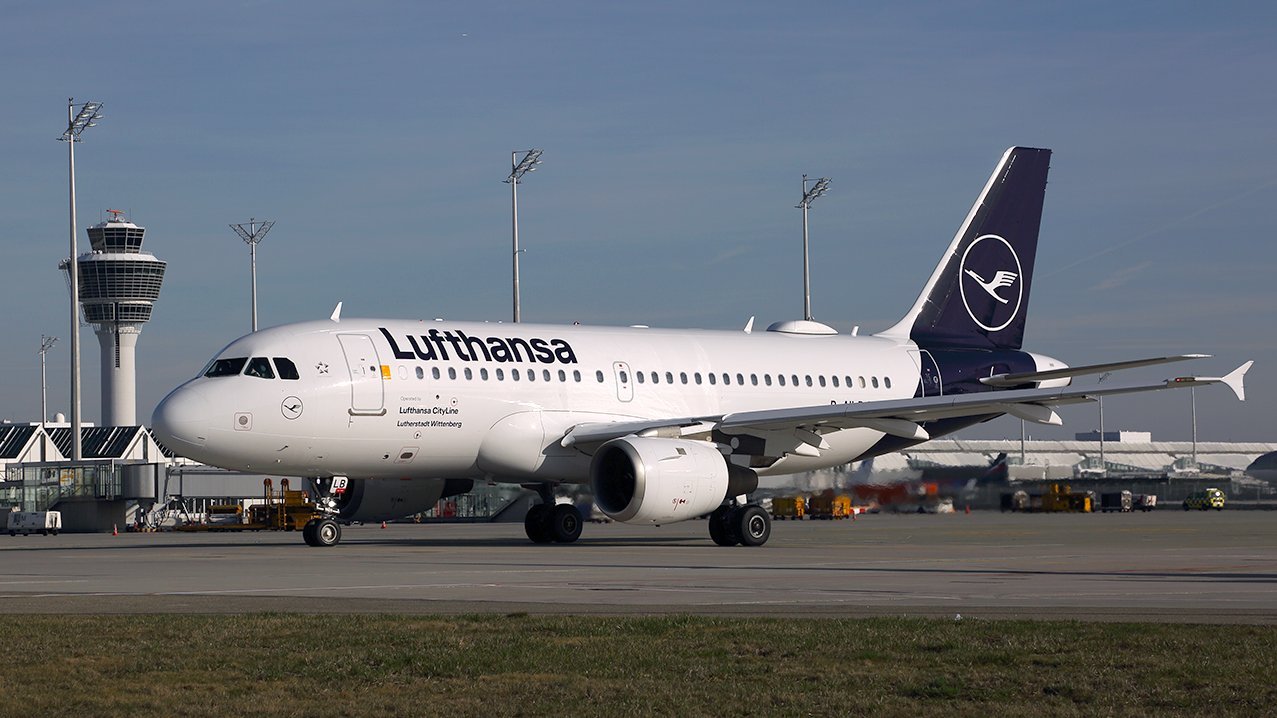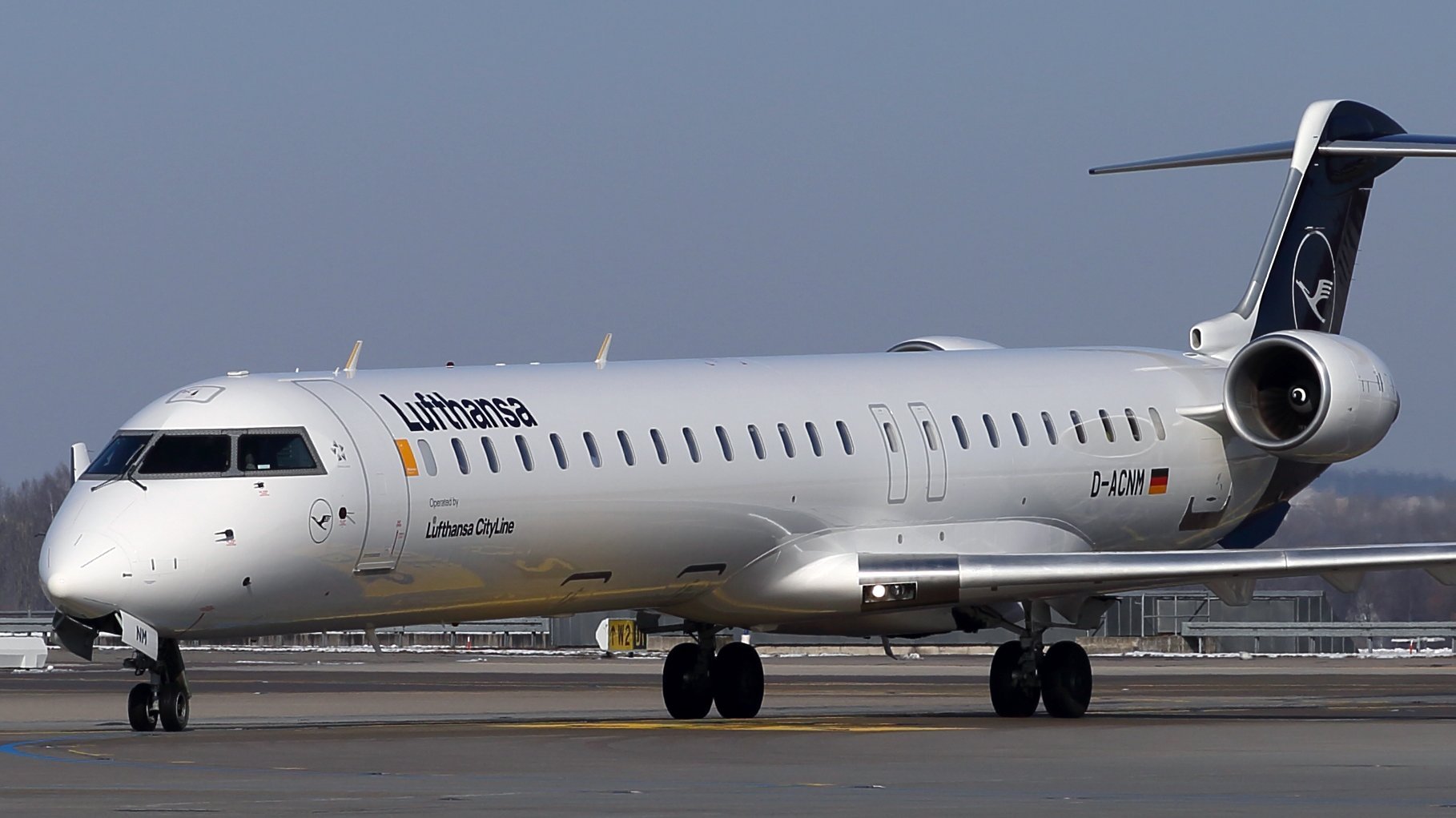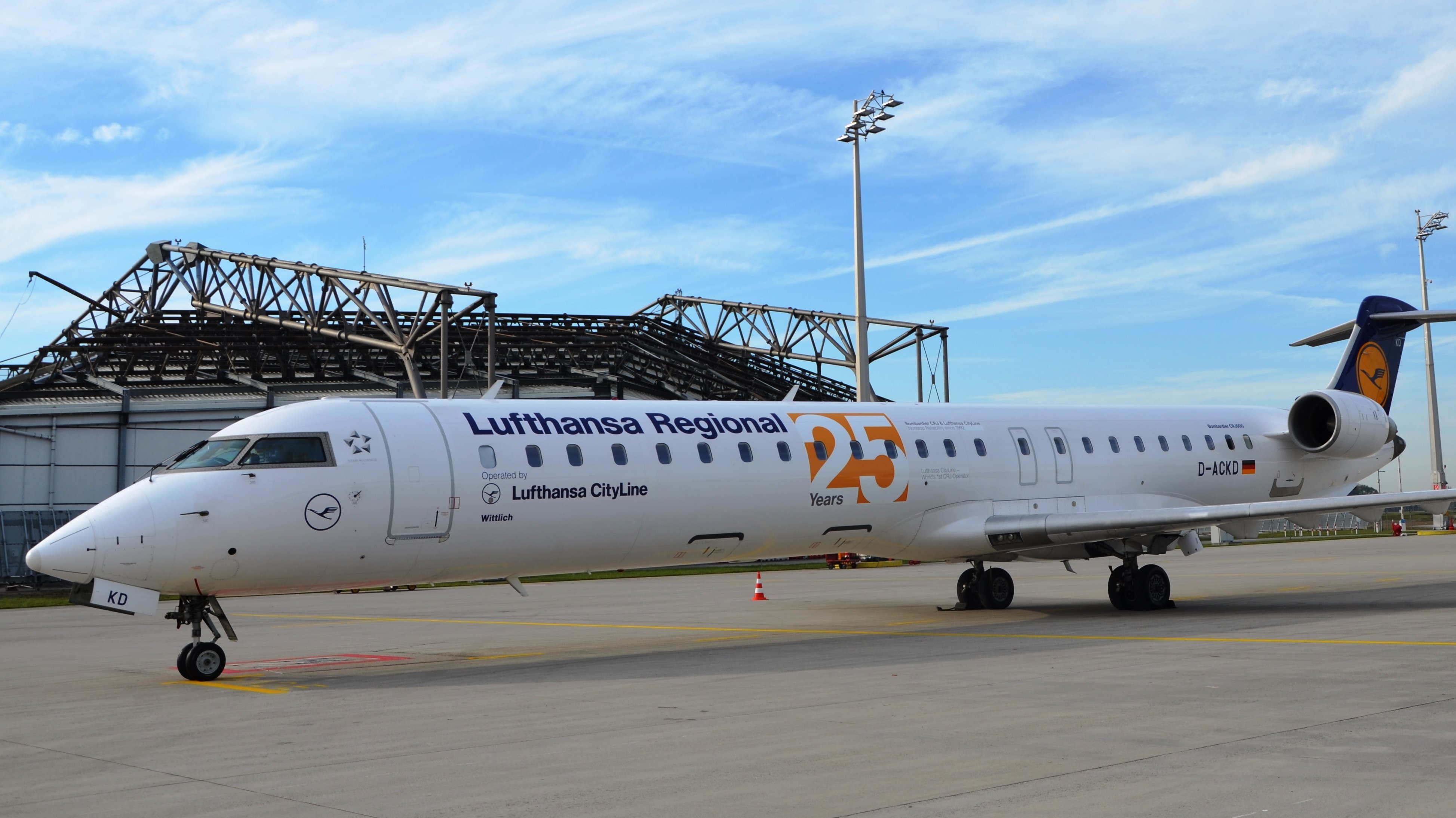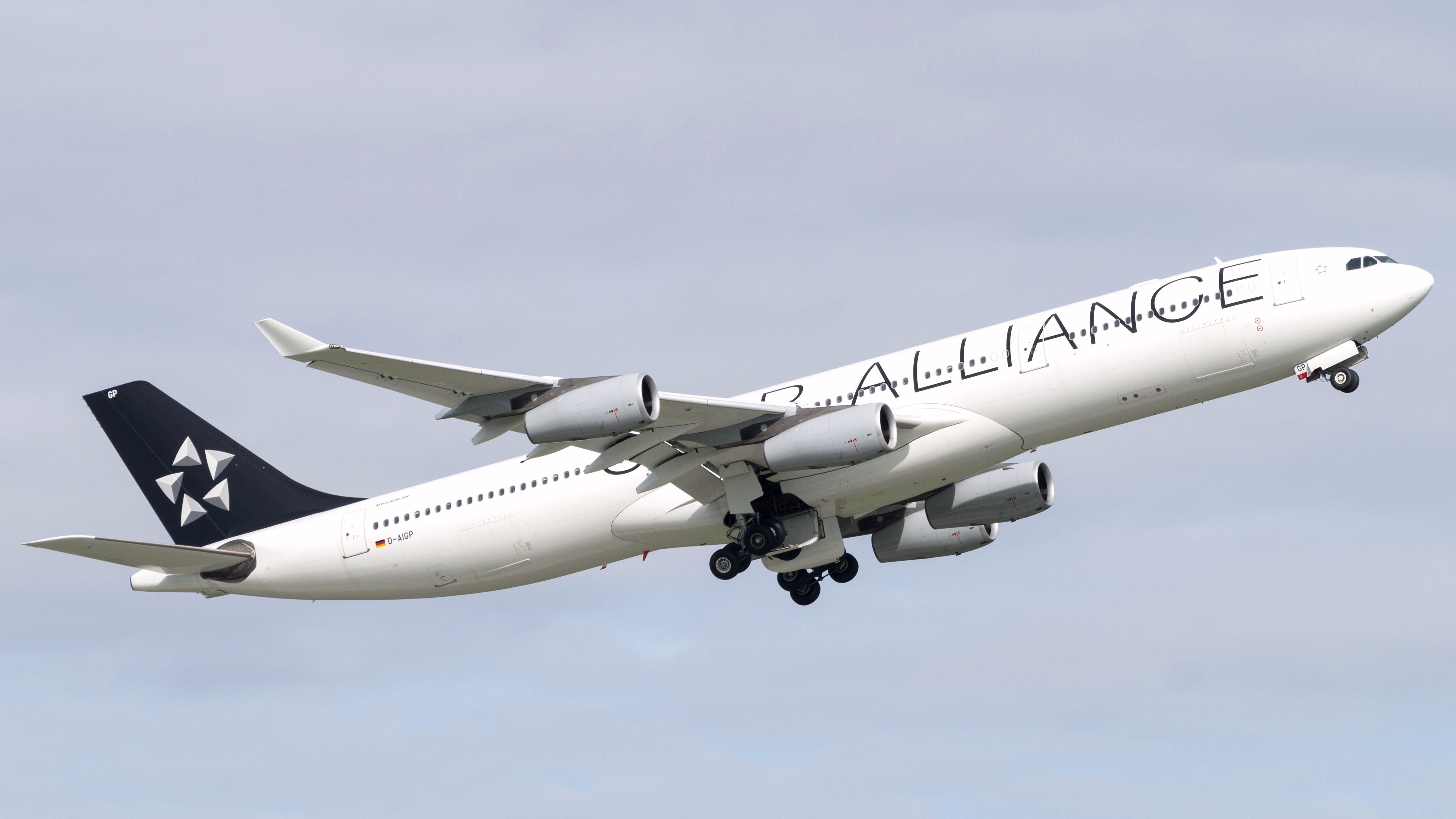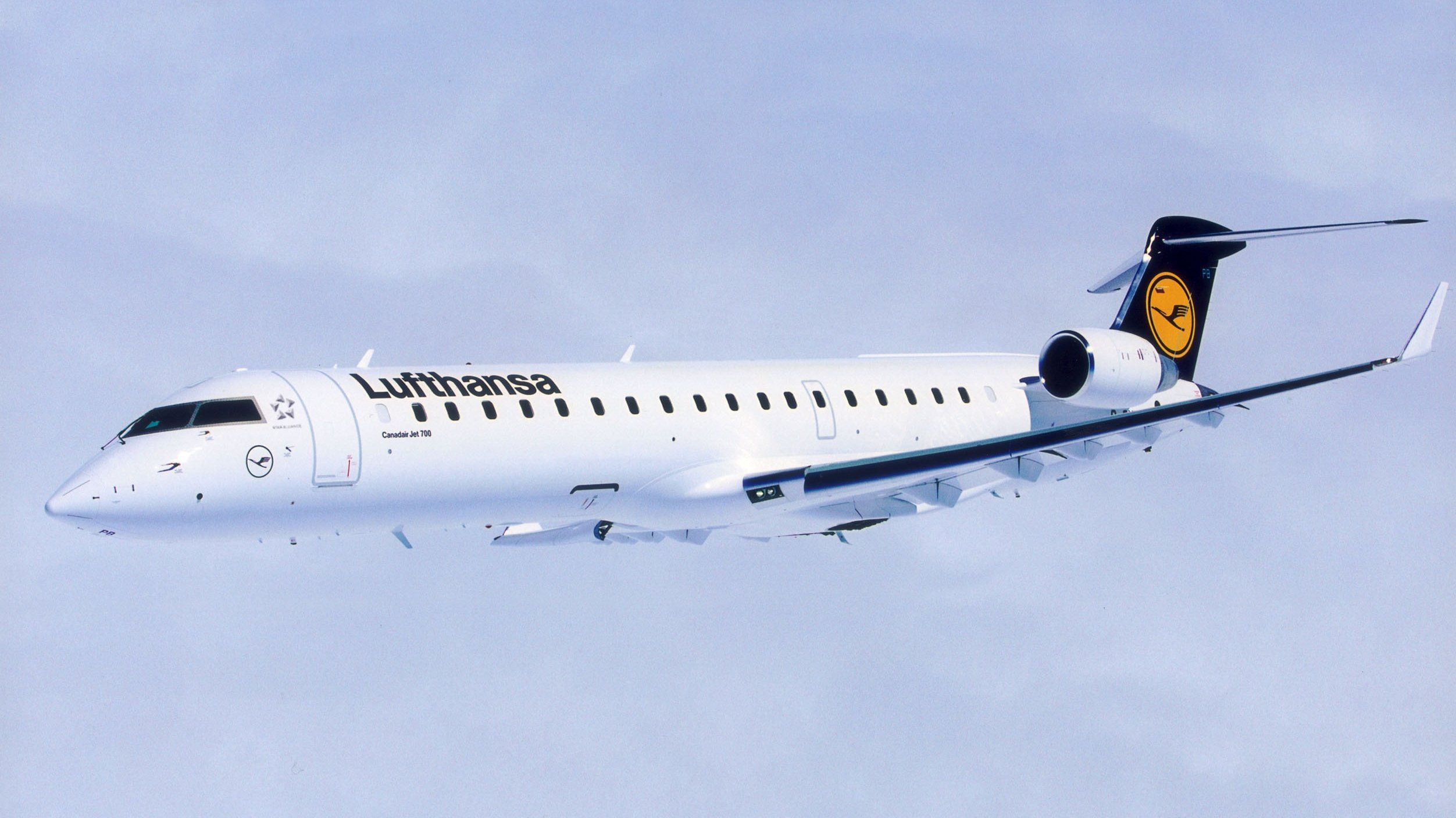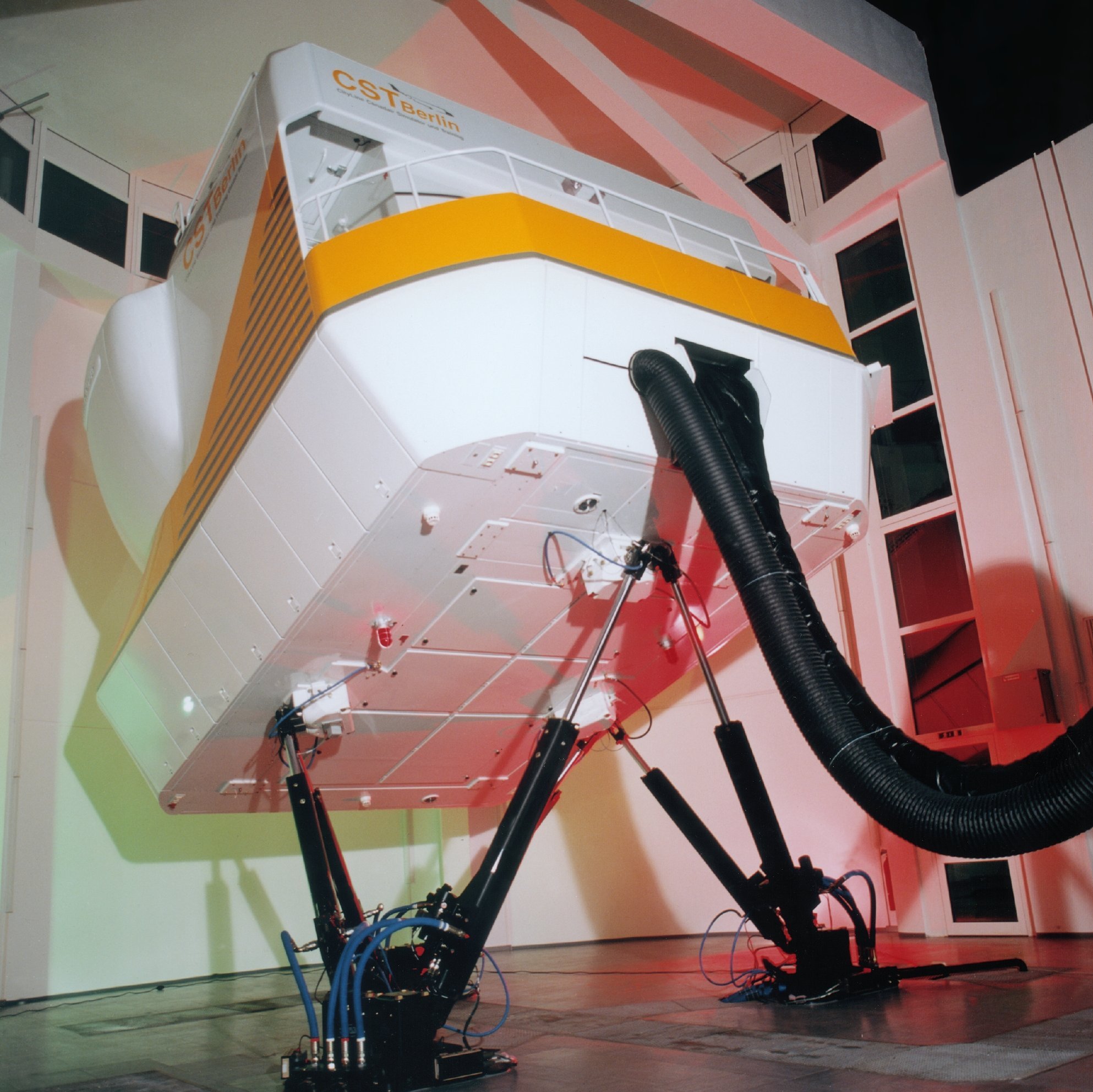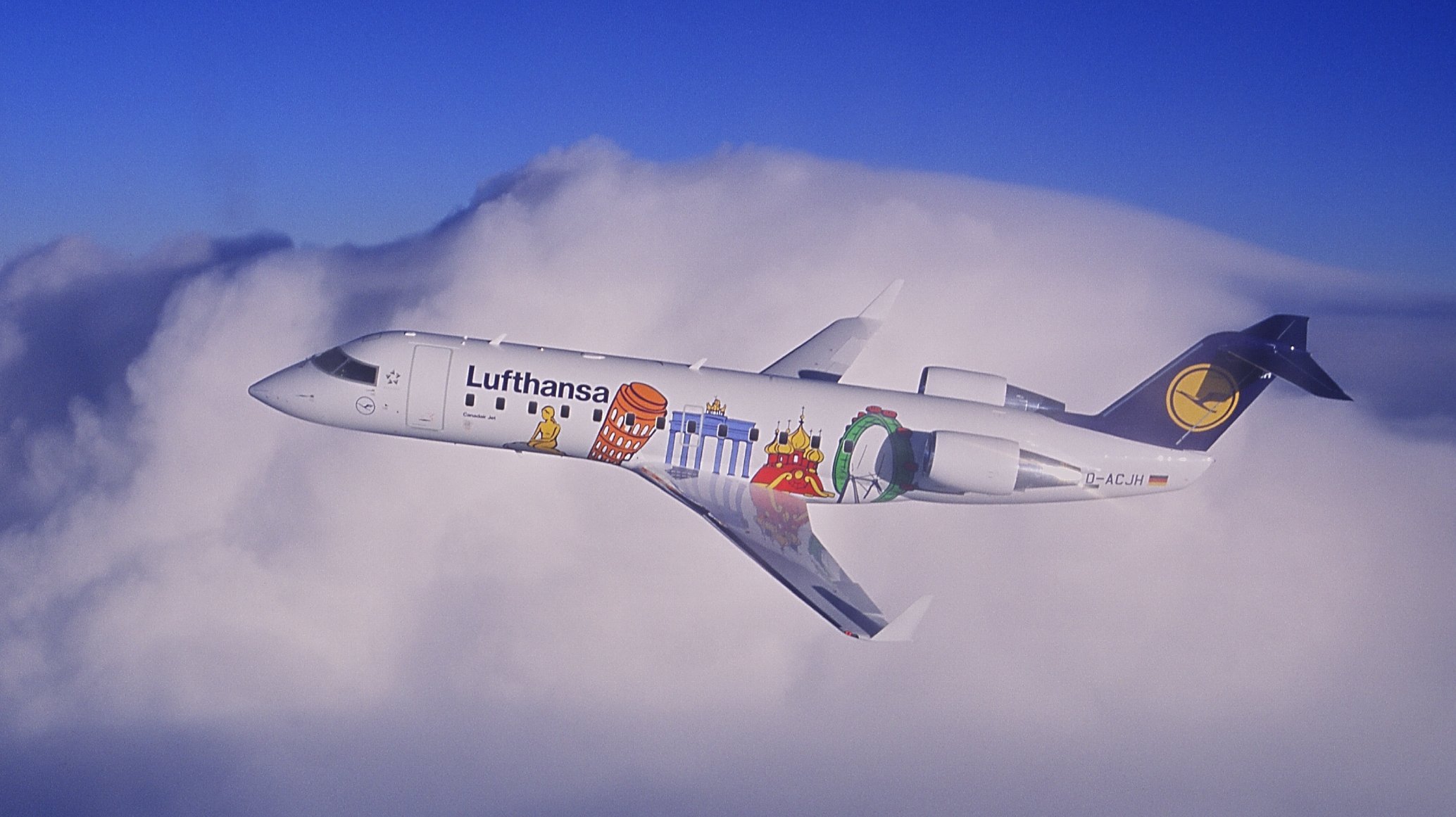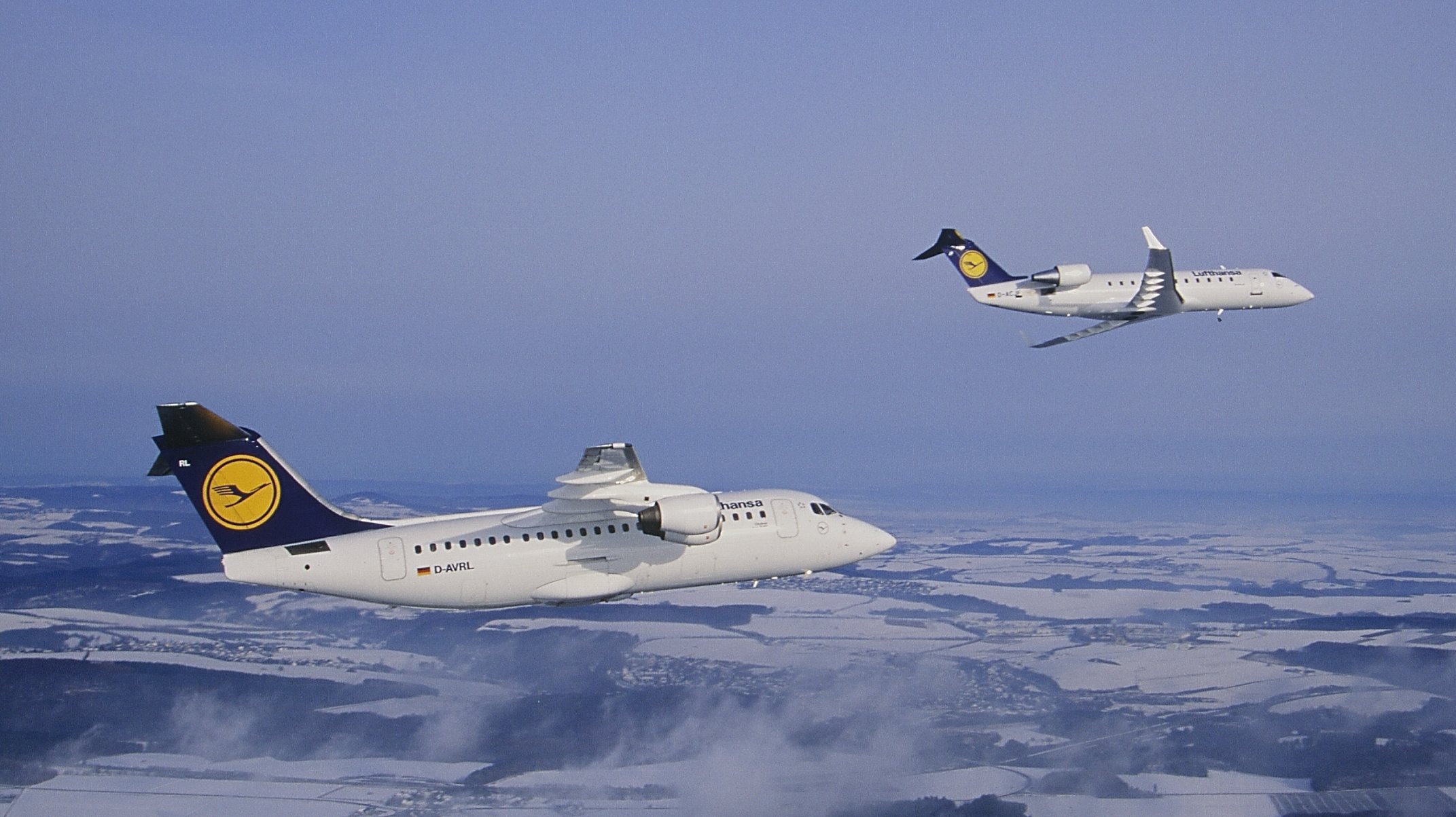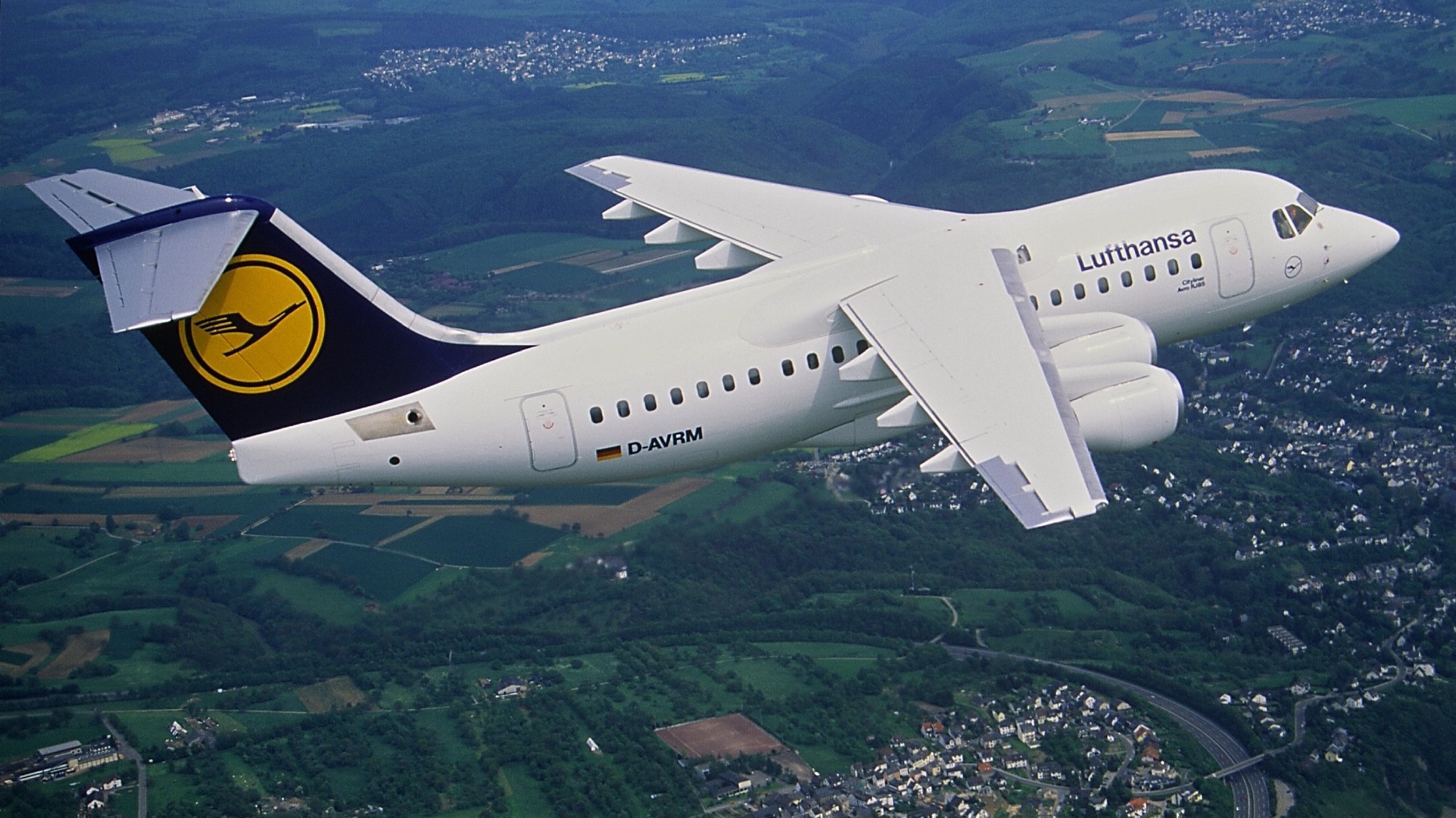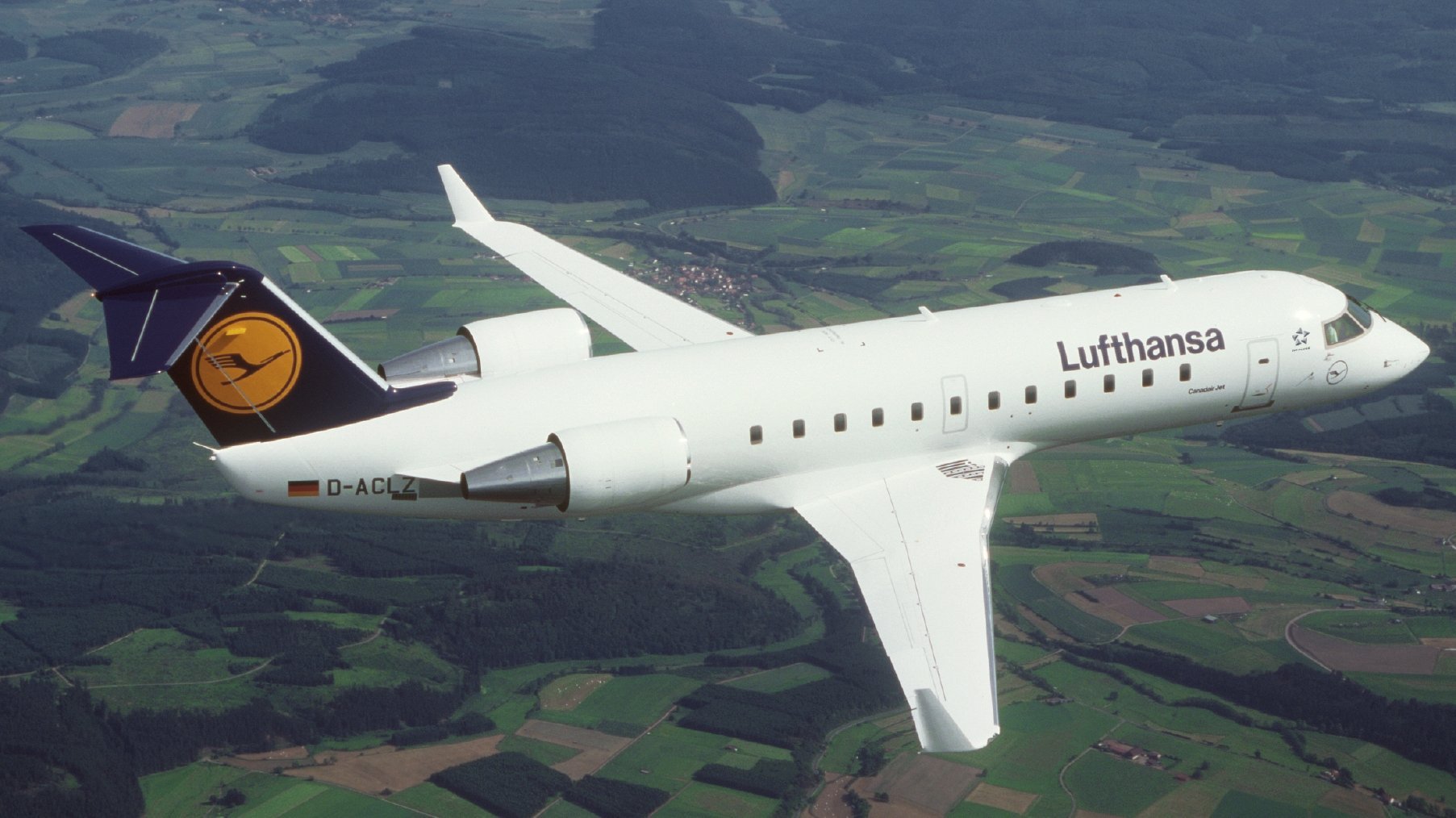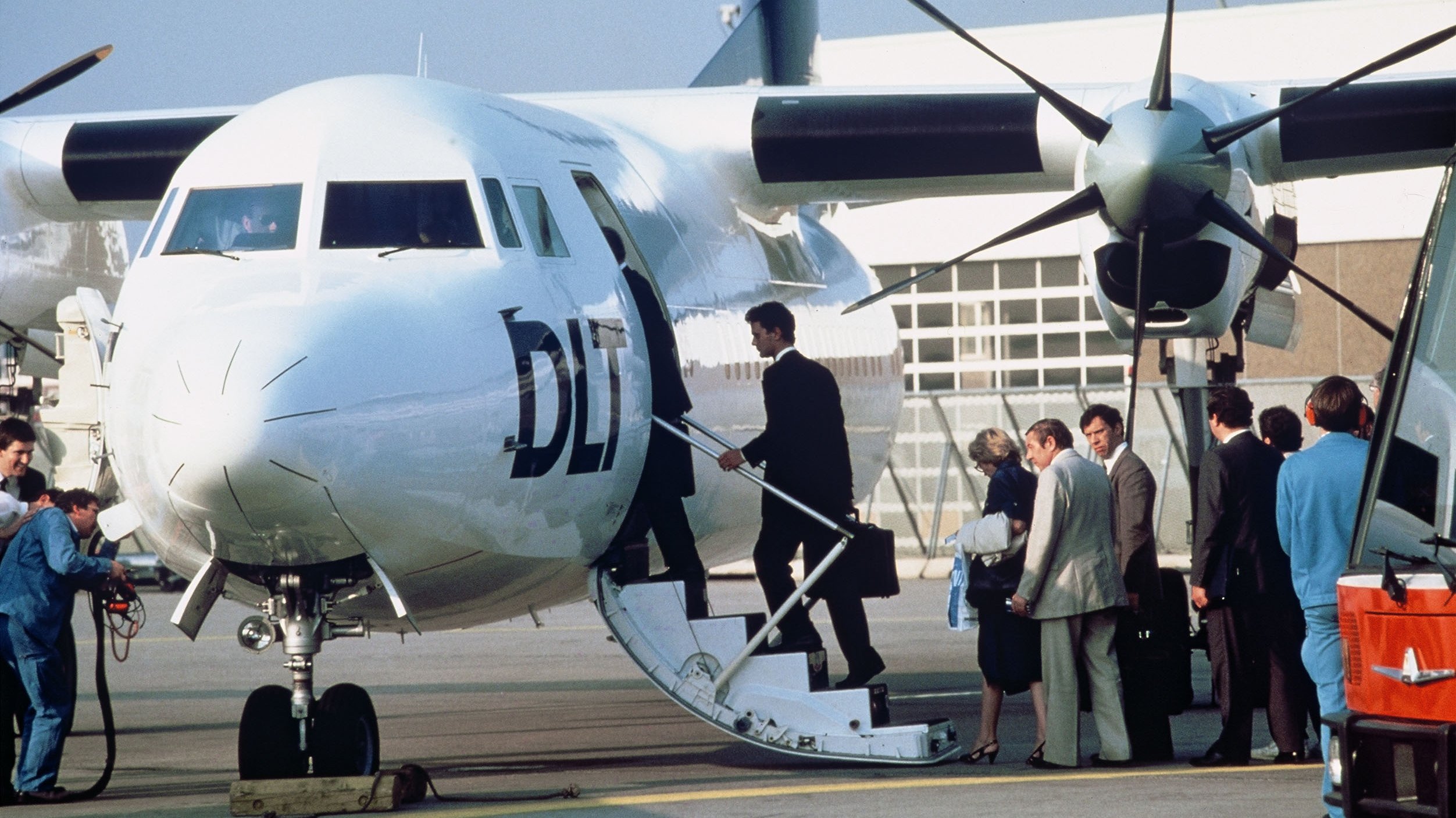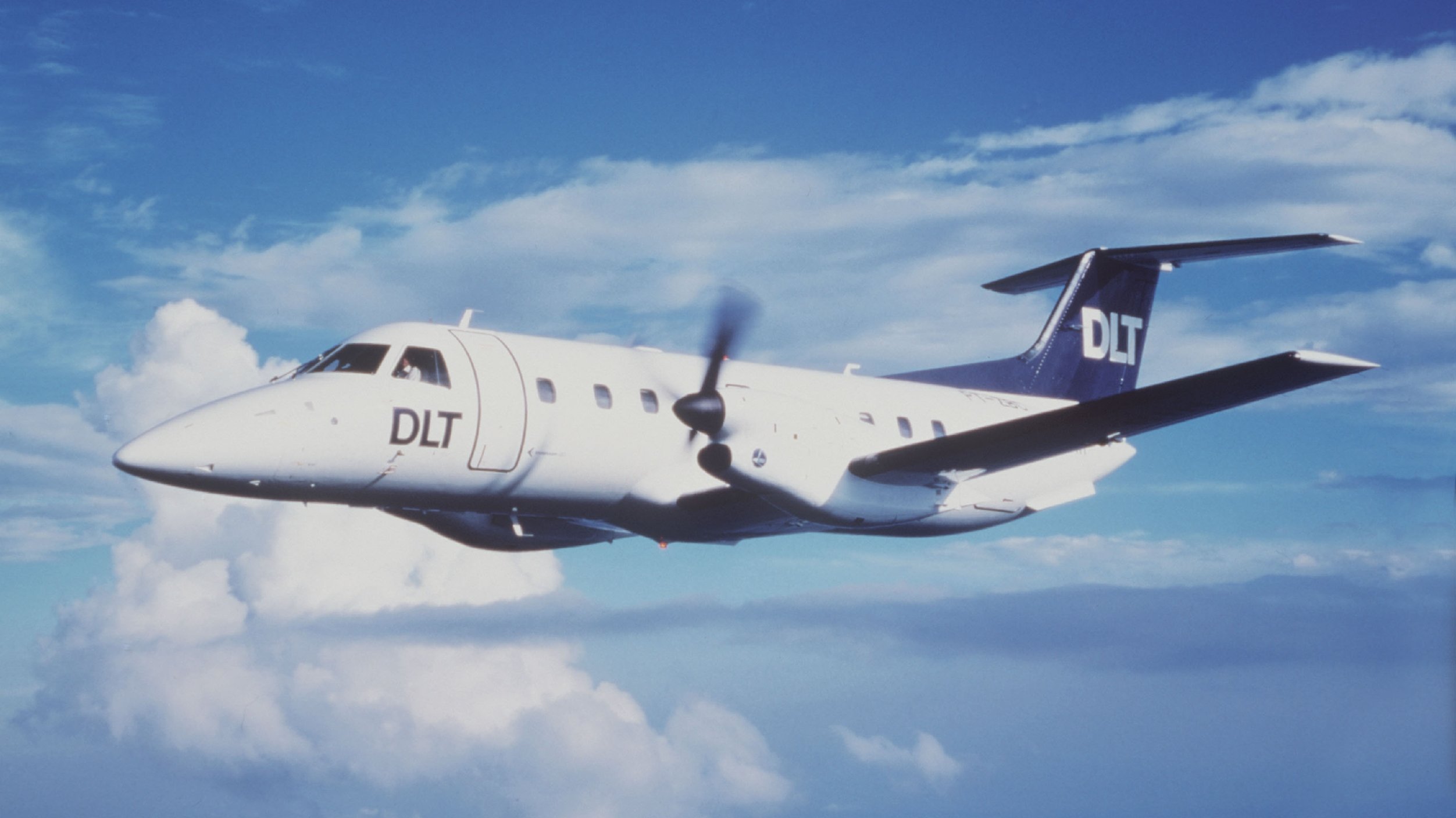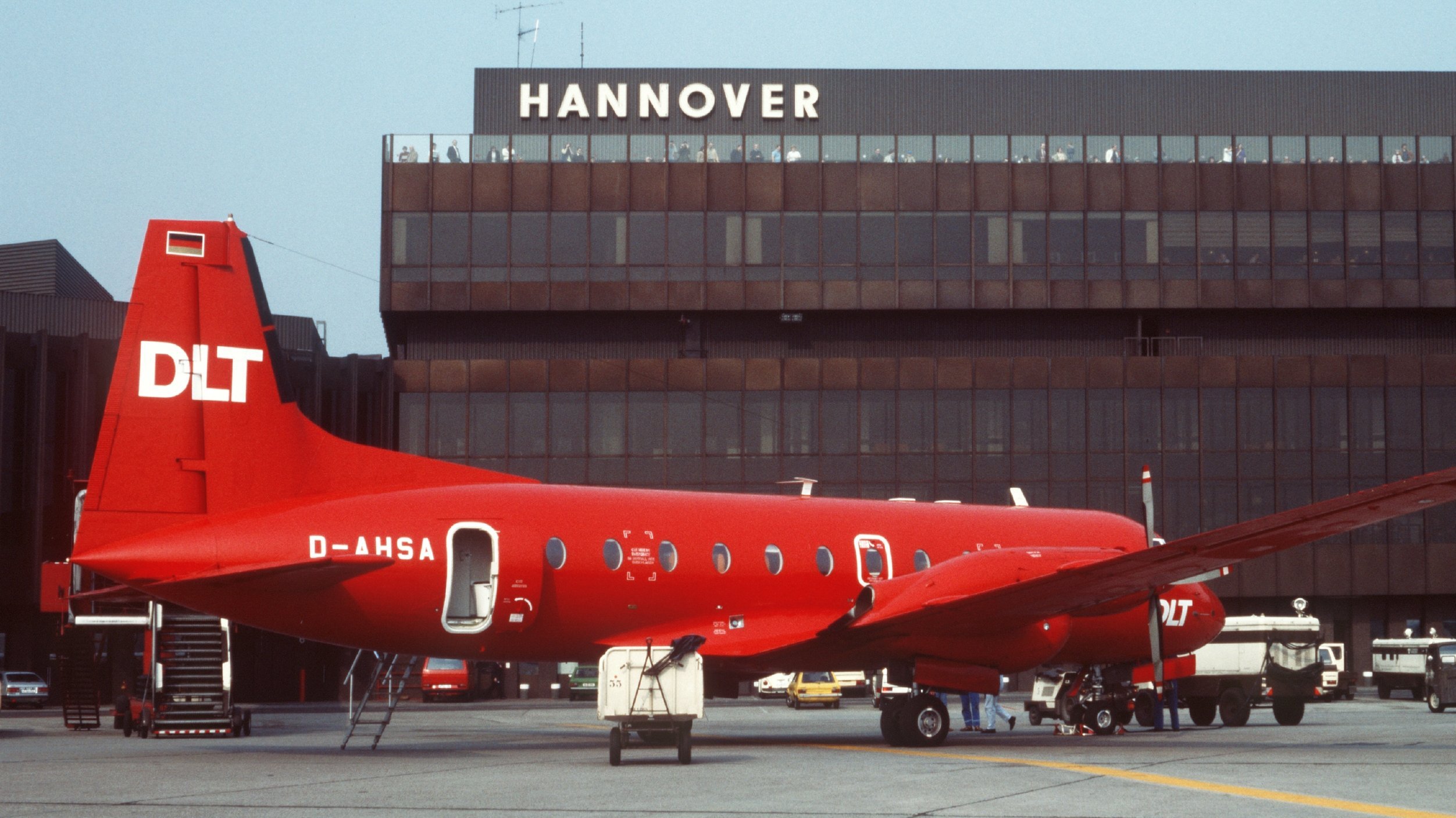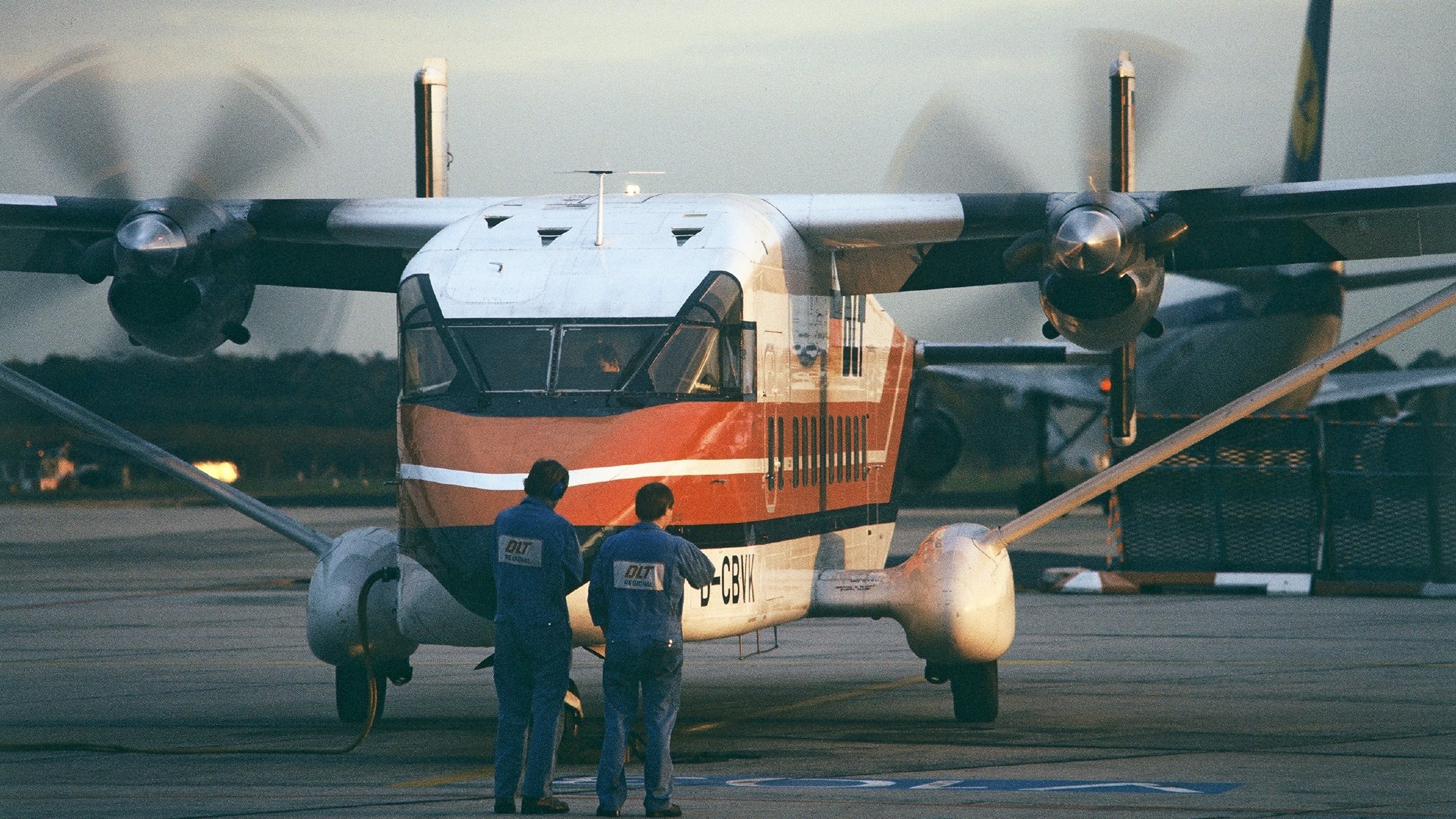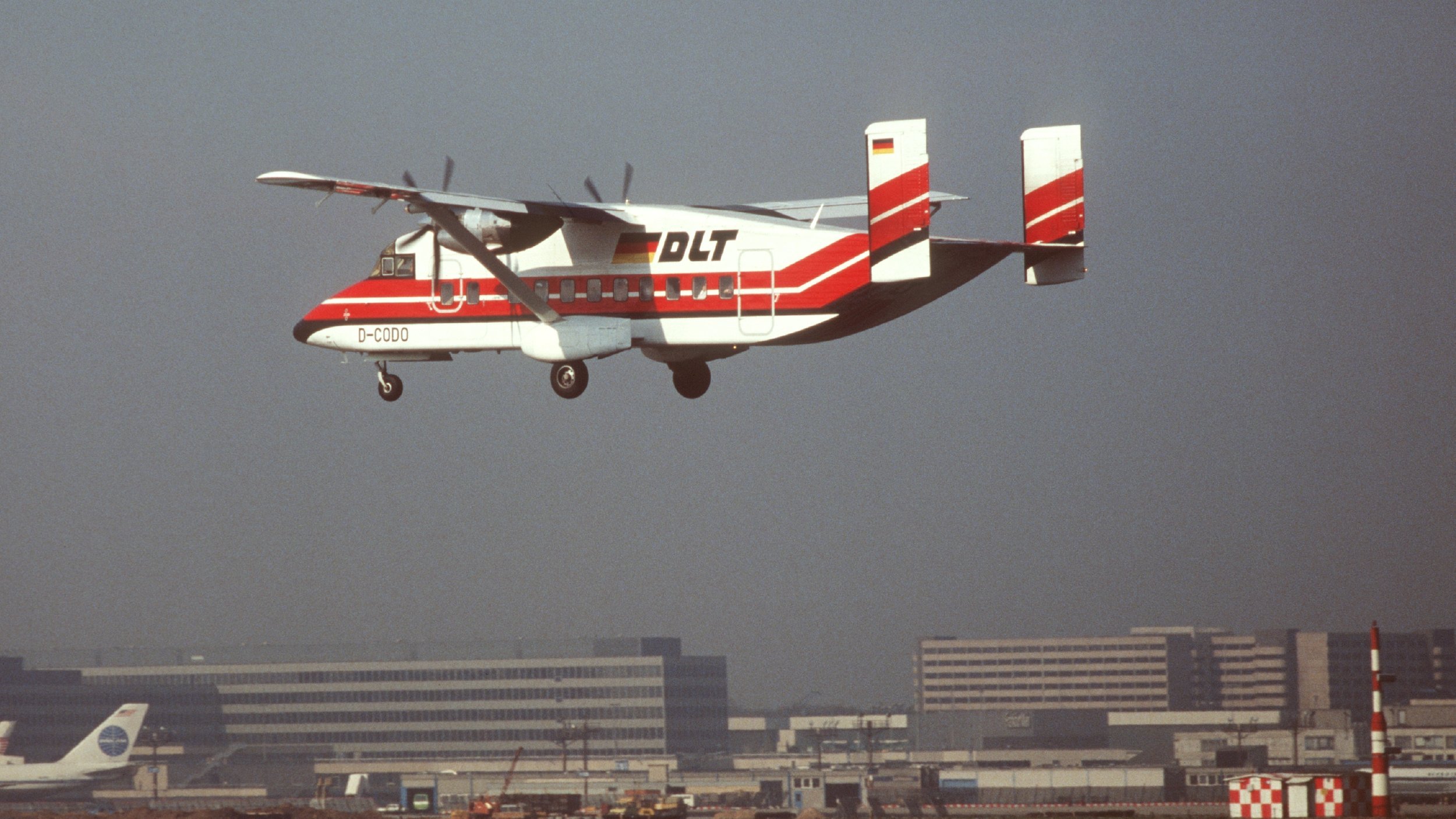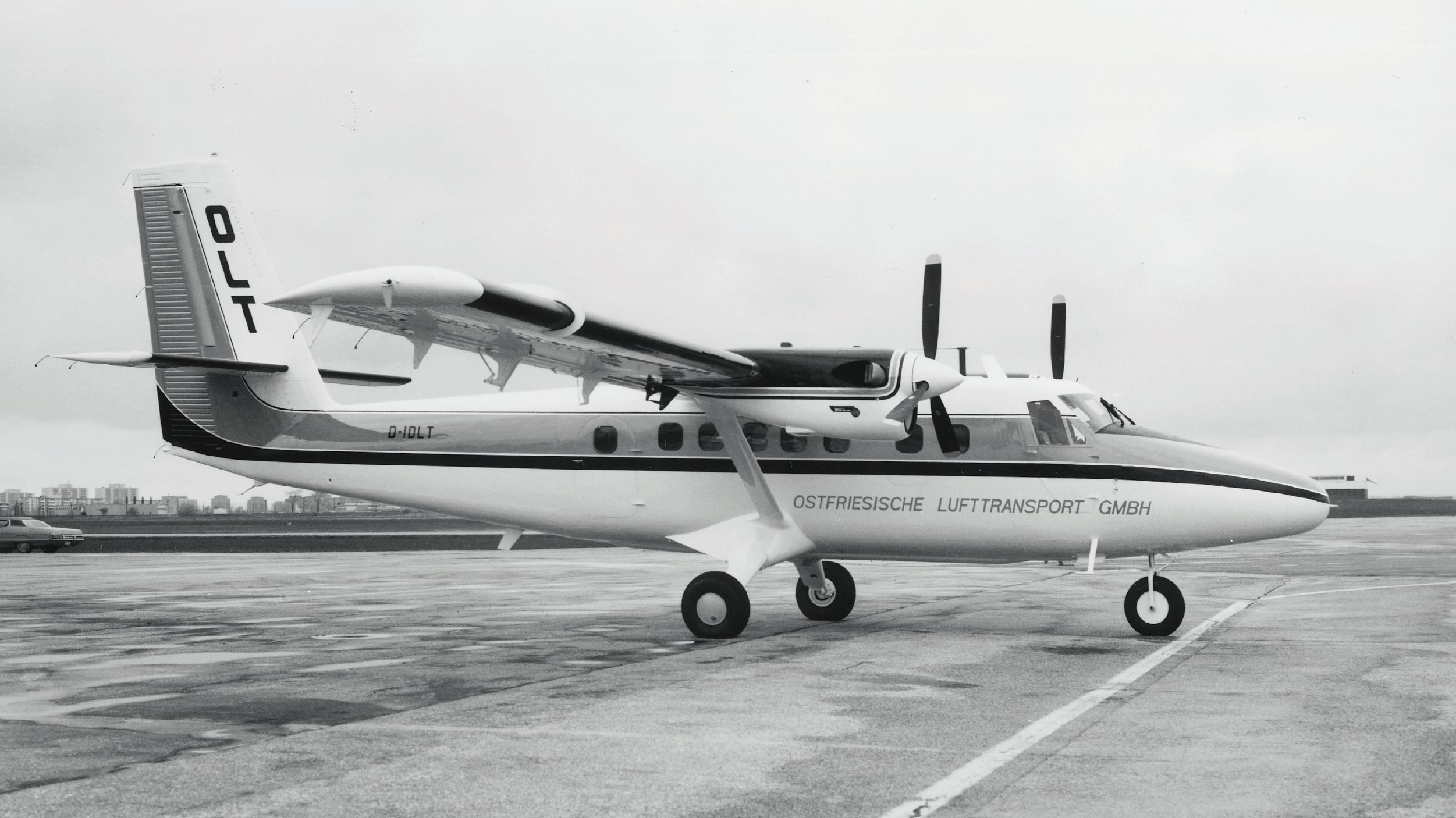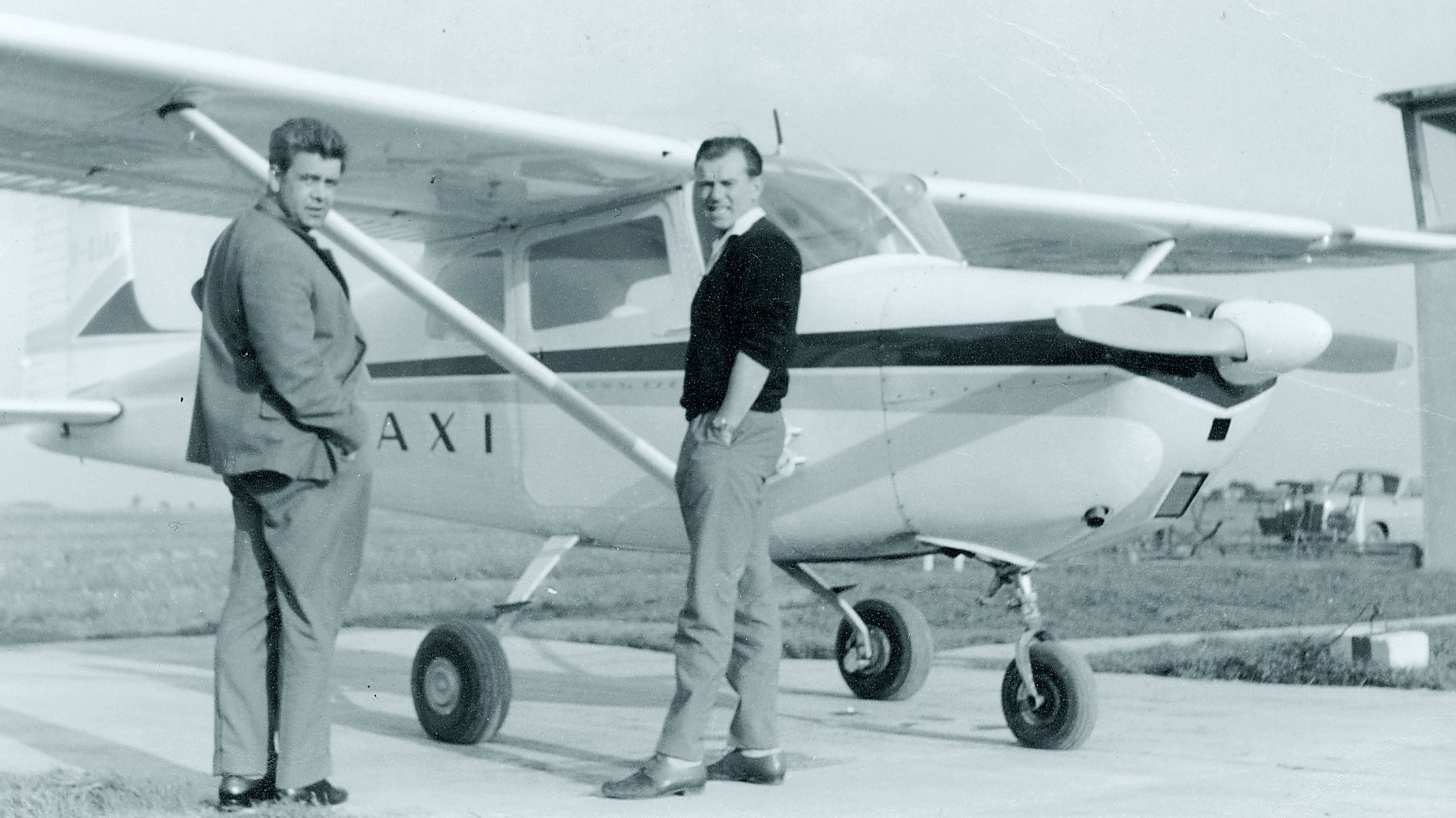2022
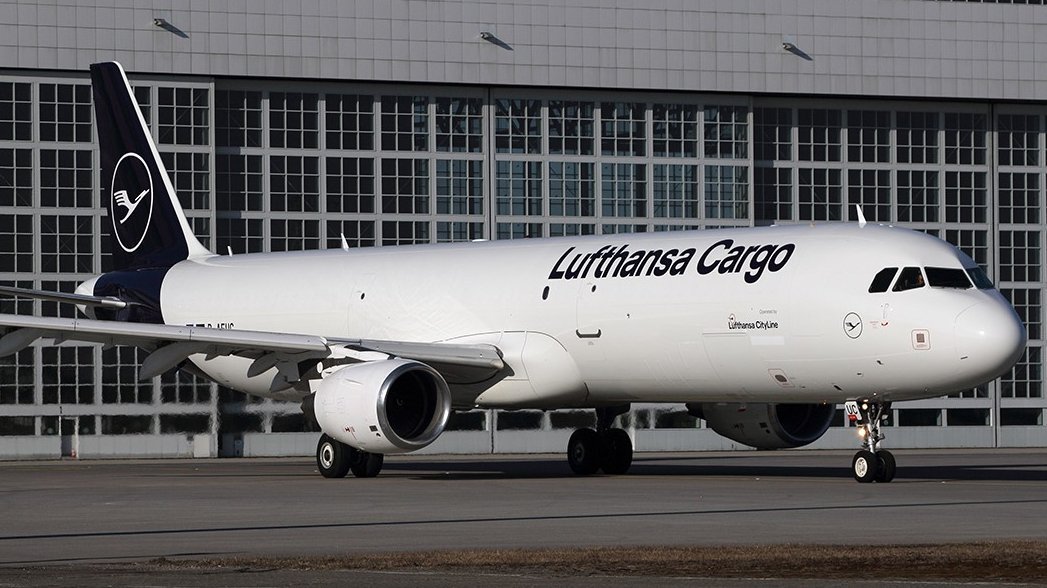
In 2022, the company celebrates its 30th "name day" and with it the change of name to Lufthansa CityLine. The fleet receives reinforcement: Six Airbus A319s are successively added. At the same time, the last two Embraer 195s and the first two Embraer 190s leave the company. The airline opens up a completely new business segment in March with the first A321P2F cargo flight for Lufthansa Cargo. Somewhat later, a second freighter joins the fleet, also connecting key destinations in Europe and neighboring countries to the global cargo network. Meanwhile, the CLeanUP program for the future, which optimizes processes and generates new potential, is moving from planning to implementation. In 2022, the company defines its long-standing values of people-centeredness, cohesion, adaptability and pragmatism. These are summarized in the purpose "Mit uns fliegt's" ("It flies with us"), which, in addition to the allusion to aviation, emphasizes above all the proven ability of the company and its employees to solve complex tasks or simply make things possible.


